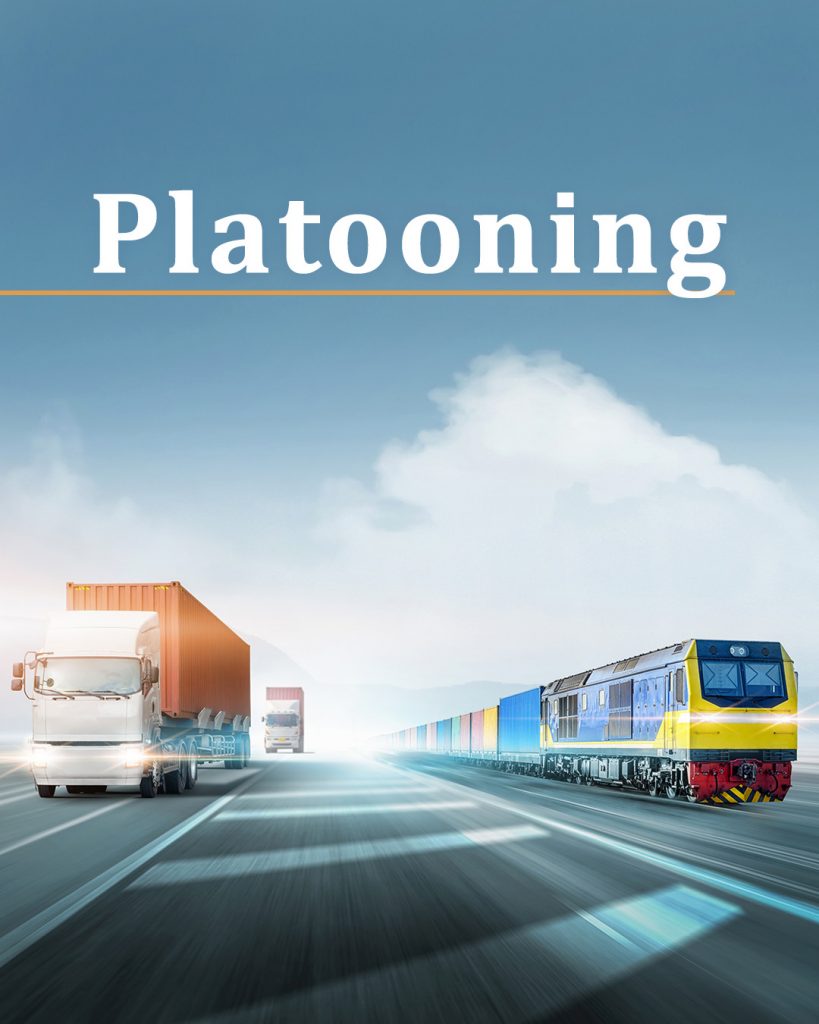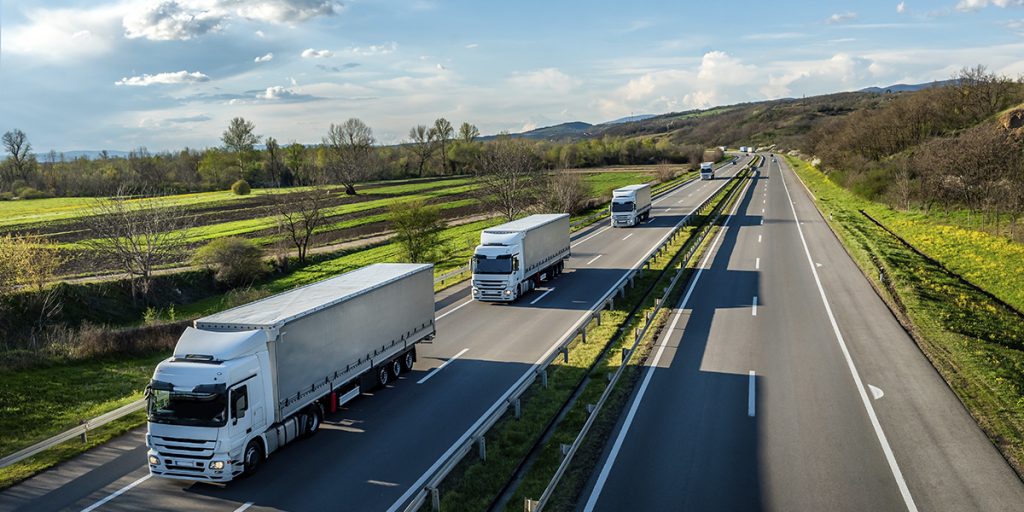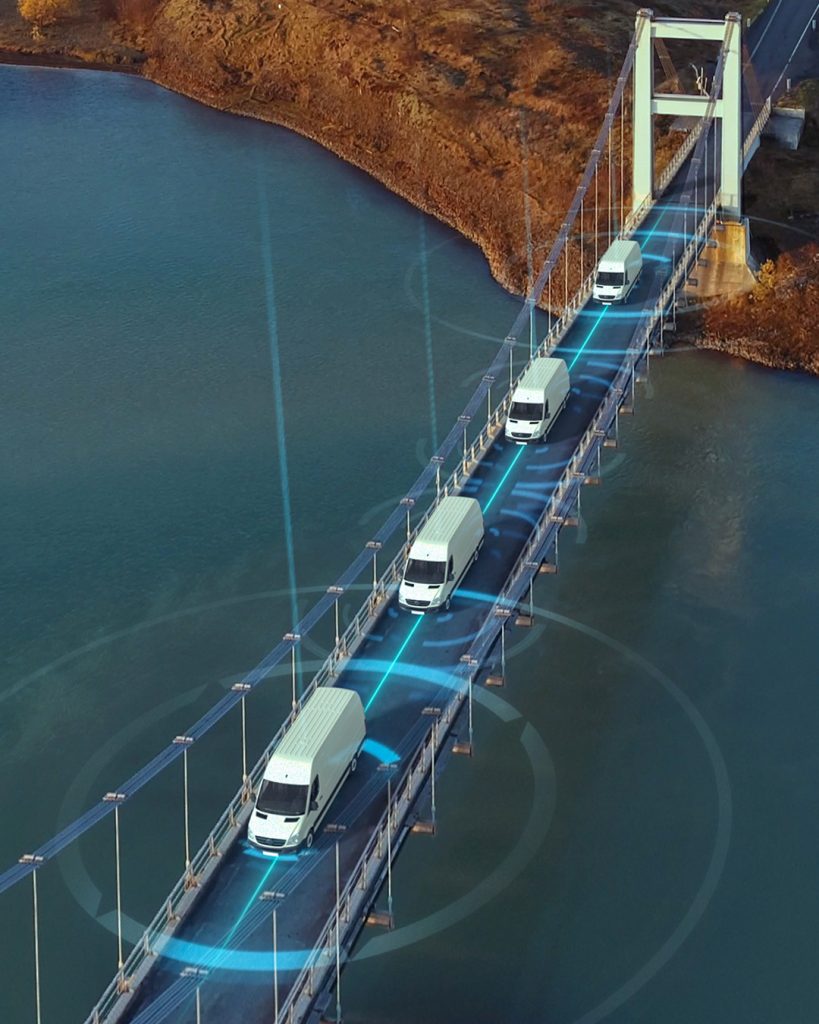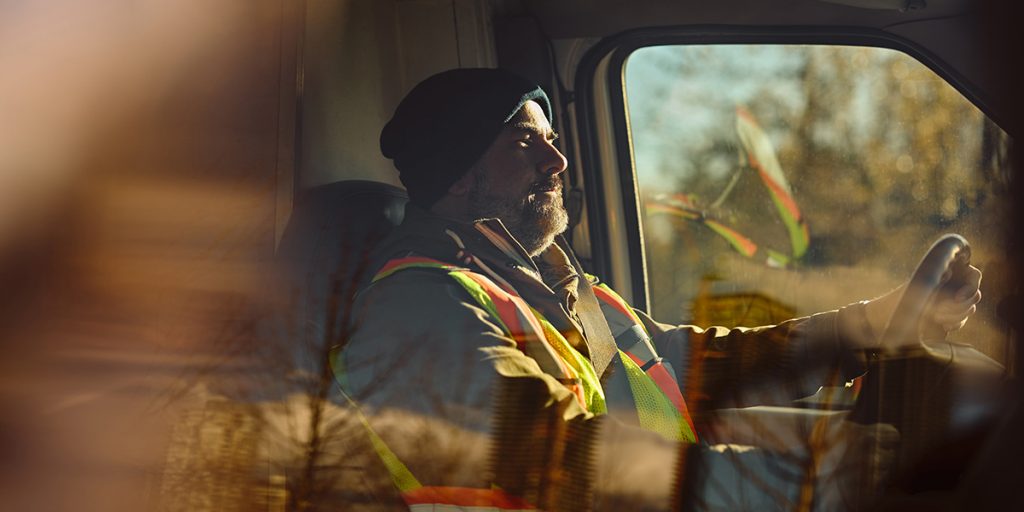
Imagine a convoy of trucks traveling on the road as if they were a train. The first of them would serve as the locomotive and the rest would be the carriages. Something similar to this is what platooning (also called platoon or road train driving) entails, making use of a technology that allows two or more trucks to circulate like a train, but connected and coordinated with each other through a Wi-Fi network, without the need for physical links between them.
The truck that leads the convoy is the one that controls the rest of the heavy vehicles, and the only one that must be driven by a professional driver (for the moment, because the long-term objective of this system is for the vehicles to be completely autonomous.) The others connect to it and each other through vehicle-to-vehicle (V2V) communication and simply follow it, leaving the computer to do the driving. To do this, all that is needed is a camera, a radar and a Wi-Fi connection installed on each truck in the convoy.
When platooning, the trucks in convoy respond at the same time and at the same moment, adapting their driving to that of the lead vehicle, either accelerating, braking or maintaining a cruising speed, without taking into account the human error variable. Likewise, they can circulate maintaining shorter distances between them, and do so at a constant and regular speed, reducing sudden maneuvers and constant changes in acceleration. The system allows them to be linked and unlinked to allow other cars to get between them, and includes a vehicle detection system, and anti-collision and lateral control technologies.
The system has been tested for years in Australia, the United States and Europe. In the latter, it is part of the Ensemble project, co-financed by the European Union and directed by the independent Dutch organization TNO, in which two lines of research are carried out. On the one hand, platooning based on the support function (PSF) and on the other, platooning as an autonomous function (PAF), which is the intermediate step before reaching the fully autonomous truck. In addition to other organizations, different commercial vehicle manufacturers have collaborated in the project, which allows this technology to work in convoys with trucks of different brands.

Pros and cons of platooning
According to experts, this technology will lead to significant savings in fuel – one of the most important expenses for a road transport company – estimated between 4 and 5% for the guide truck and 10% for the rest, since, when driving in a slipstream, the aerodynamic drag of the convoy is reduced.
Obviously, as there is less fuel consumption, CO2 emissions will be lower, an environmental benefit that contributes to the sustainability of the road transport sector.
Likewise, it helps alleviate the driver shortage in the sector, relieves road transport congestion and improves the flow of traffic.
Driving safety is also another strong point, since this system reduces the risk of human error, which causes 90% of accidents.
But, despite the advantages offered by platooning, there are also some issues that remain to be resolved to ensure its implementation is total and 100% safe.


To begin with, highways and roads must be adapted to these convoys. And certain changes are also necessary in the traffic legislation of the countries that adopt this circulation system.
On the other hand, the trucks require regular maintenance so that all vehicles that are part of the convoy undergo similar preventive maintenance programs. For example, brake wear or tire condition can affect the vehicle’s reaction time.
And the weather can also be a problem when it comes to using this technology. Several studies have observed worse results in adverse weather conditions, such as heavy rain and snow, which make it difficult to predict, for example, how the brakes will react.